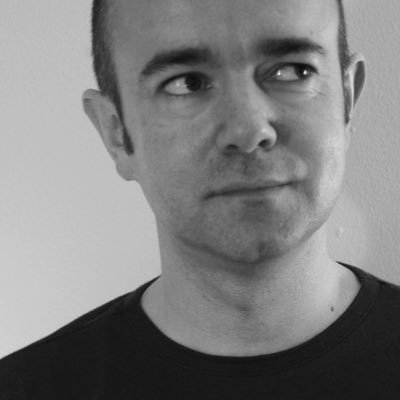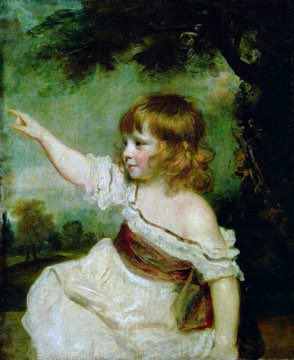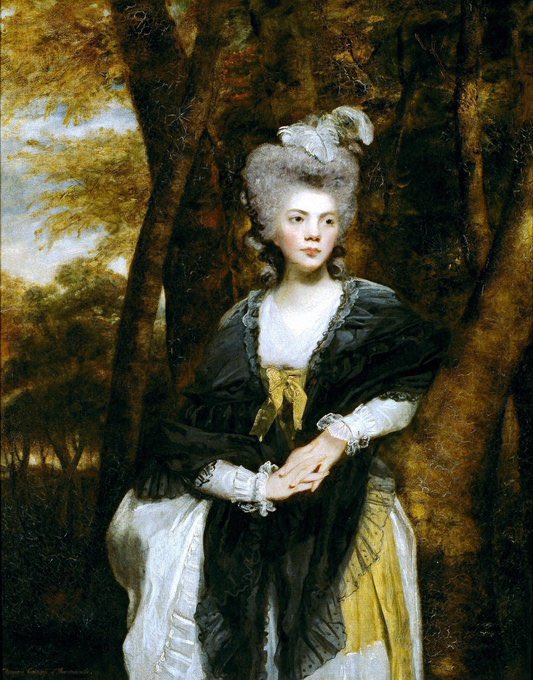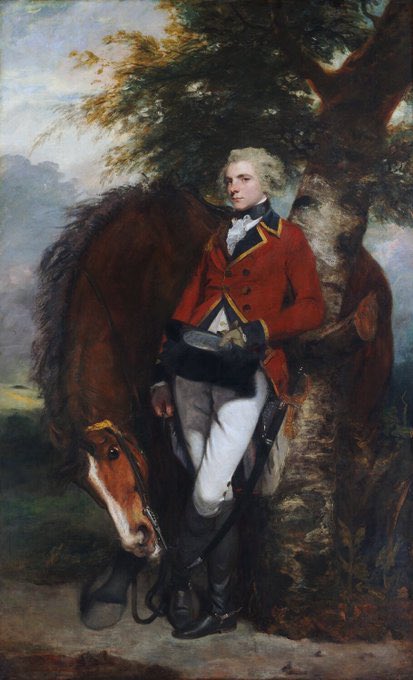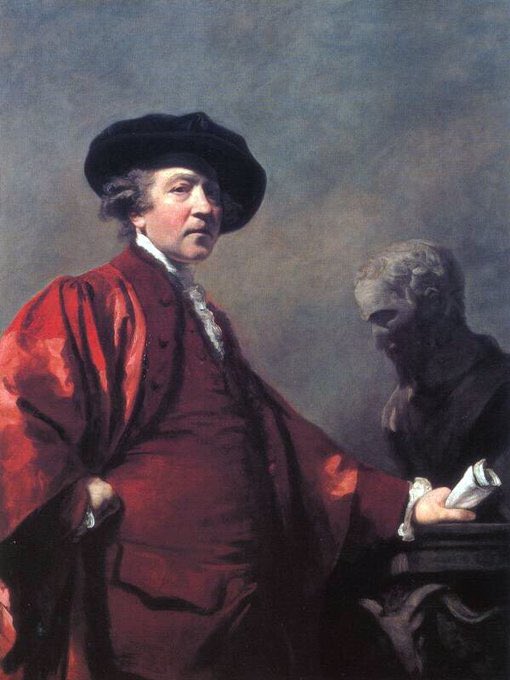Parents woken by their Baby (1838), Workmen on the Street (1838-40), A Nasty Cold in the Head (1839) & the Beautiful Narcissus (c1840s). I love the timelessness of his sleep deprived parents & the ludicrous figure of Narcissus.
Caricature & satire were his genius. His vision was of a just & honourable society. The Headache (1833), Freedom of the Press (1834), Modern Galileo (1834) & Past, Present, Future (1834). The latter is a picture of the king.
In 1784 he used his position to ensure he was made painter to the King at the expense of his rival Gainsborough. Status was all to him. Francis Rawdon-Hastings (1789-90), Colonel Tarleton (1782), George Eliot (1787) & Francis Hare (1788-9)
He was the ultimate Academician in that his first concern was status & clique whereas those artists of stature choose their own path (Rembrandt, Kollwitz, Rego & Goya etc). Lady Frances Finch (1781-2), Captain Coussmaker (c1782), Self (1780) & Countess Spencer (1781-2)
The painter sought to present himself as Rembrandt in his self-portrait. An unfortunate choice. He created ravishing portraits, however. Frederick Howard (1769), Georgina Cavendish (c1775-6), Self-Portrait (1775) & Lady Worsley (1776)
Paintings like the Archers & Three Ladies are based on compositions found in Classical sculpture. The Archers (1769), Duchess of Leinster (1770s), Omai (1776) & Three Ladies Adorning a Term of Hymen (1773)
By 1760 he moved to a bigger house. There he installed his studio, copious assistants & pupils. He instituted a conveyor belt system. Up to 6 people a day would sit to him for about an hour. Robert Orme (1756), Duke of Marlborough (1757), Lady North (1757) & Mrs Abington (c1757)
As the years progressed Martin’s ability for the sublime appeared to increase. His skies pound the canvases with fury! Fallen Angels in Hell (1841), Assuaging of the Waters (c1834-40), Destruction of Tyre (1840), Joshua Commanding the Sun to Stand Still (1840) & Solitude (1843)
It’s fascinating to see a Martin blockbuster applied to the Coronation. It’s likely his royal friends were delighted but to modern eyes the doll-like figures seem strangely butterfly-like. The Deluge (1834), Manfred & Alpine Watch (1837) & The Coronation of Queen Victoria (1839)
At this stage in his life the isolation of his deafness, his ill health & his fears for his sanity led to his retreating to a farmhouse outside Madrid. There he created his Black Paintings in despair at the crackdown of the Spanish King & the Roman Catholic Church.
